I have a data.frame like this:
x1 <- data.frame(id=1:3,item=c("A","B","A","B","C","D"))
x1[order(x1$item),]
id item
1 1 A
3 3 A
2 2 B
4 1 B
5 2 C
6 3 D
I want to get :
id1=c(1,2,1,3,2,3)
id2 = c(2,1,3,1,3,2)
A=c(0,0,1,1,0,0)
B=c(1,1,0,0,0,0)
C = 0
D=0
datawanted <- data.frame(id1,id2,A,B,C,D)
id1 id2 A B C D
1 1 2 0 1 0 0
2 2 1 0 1 0 0
3 1 3 1 0 0 0
4 3 1 1 0 0 0
5 2 3 0 0 0 0
6 3 2 0 0 0 0
if person1 and person2 both have B,then in the datawanted dataframe,column A ,got 1,else get 0.
Can someone give me some suggestions or functions in R,to deal with this problem?
